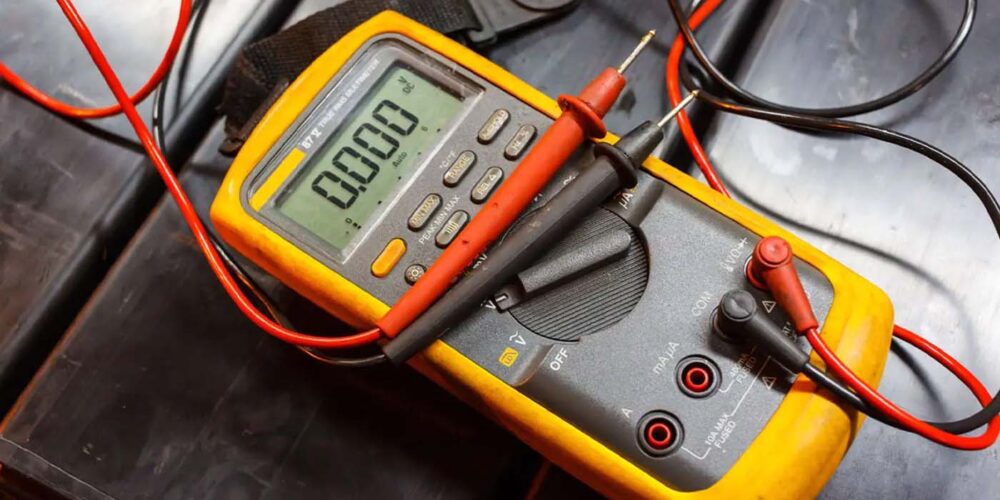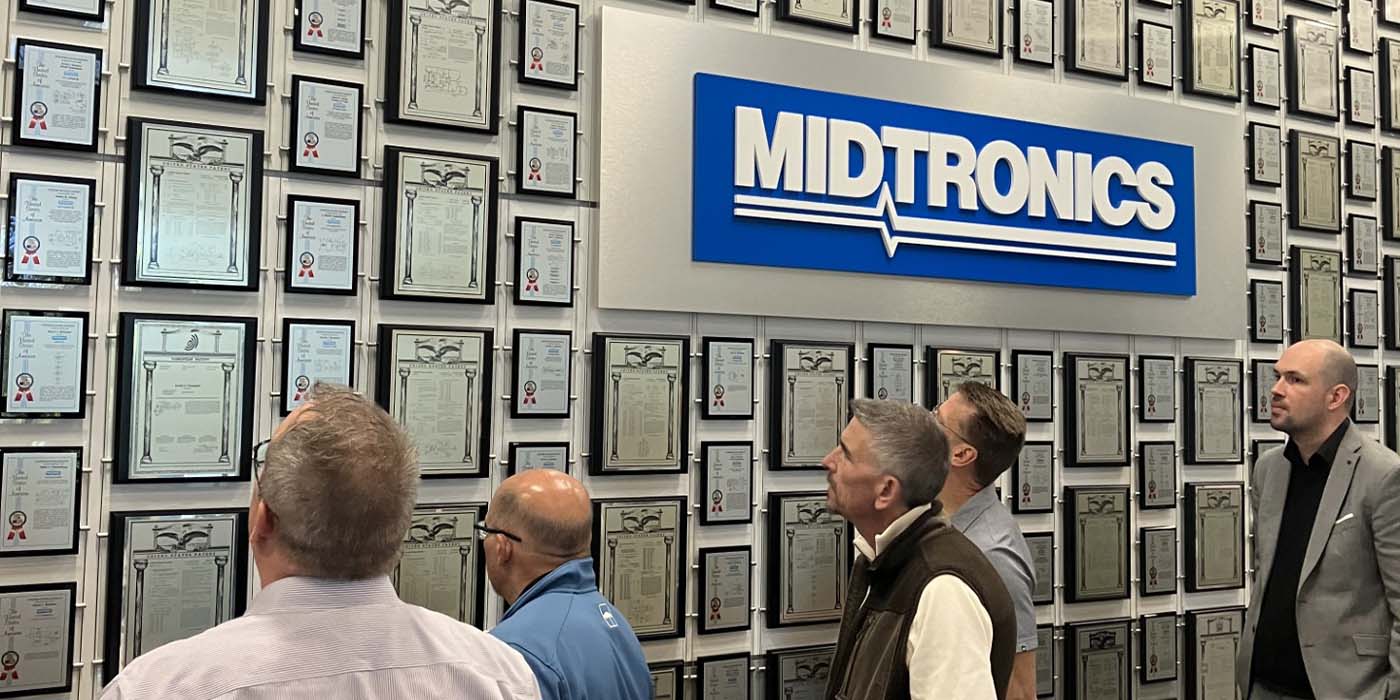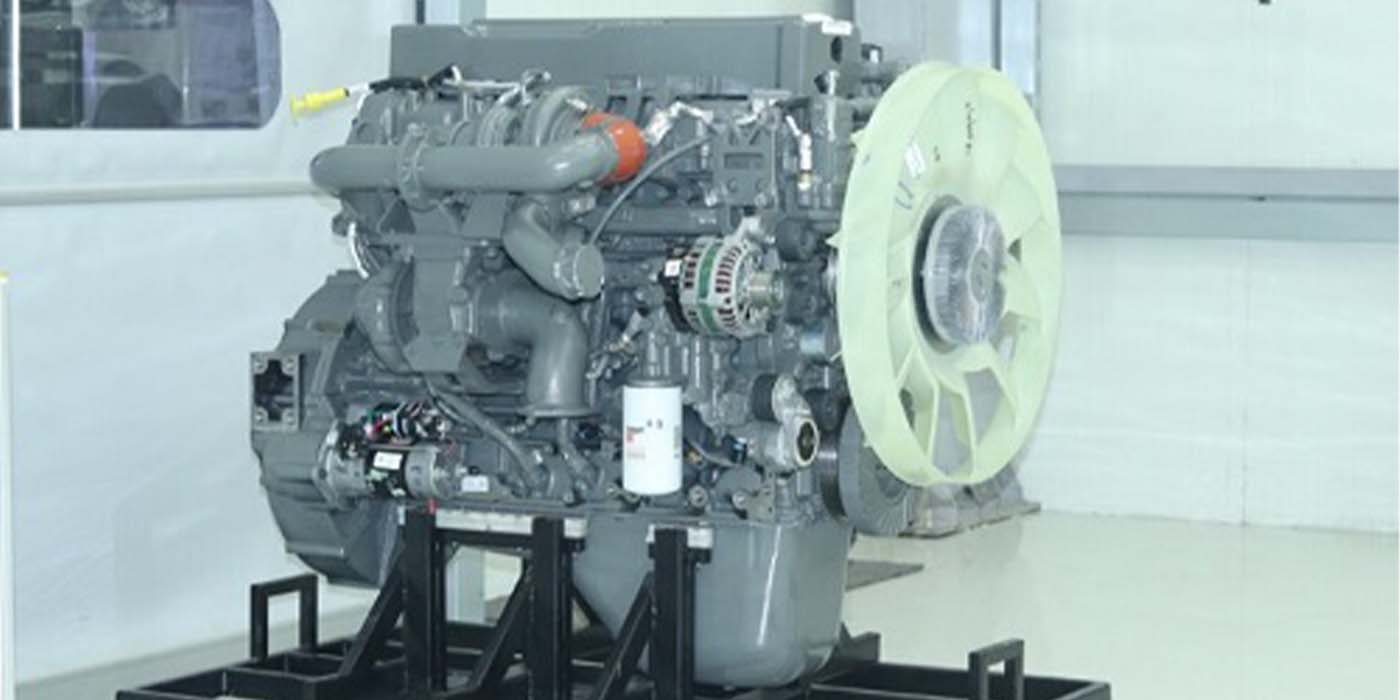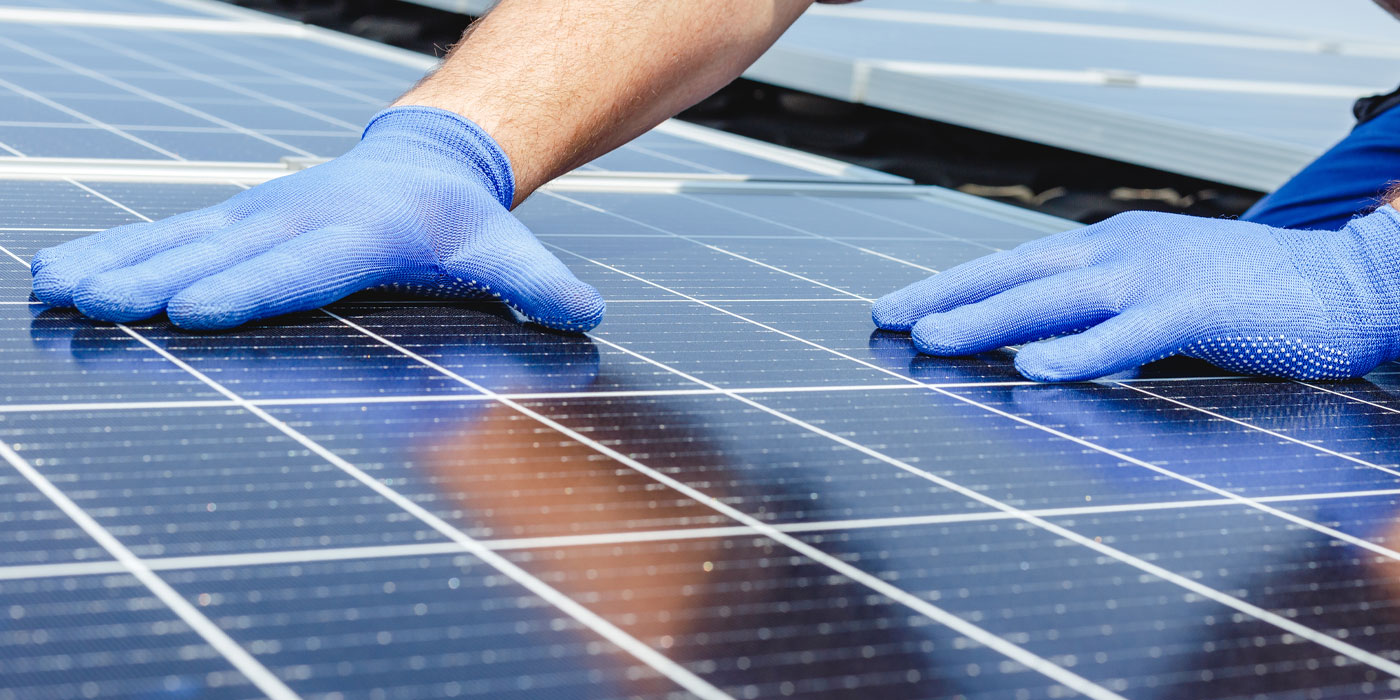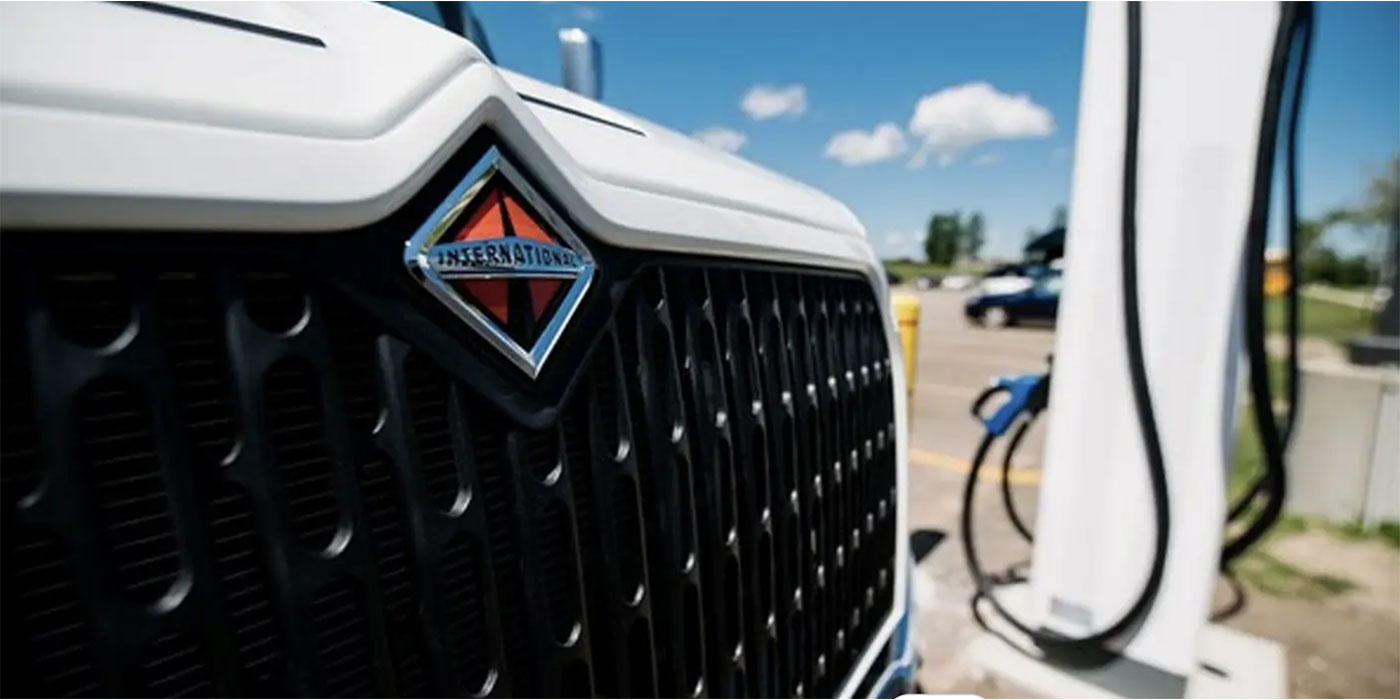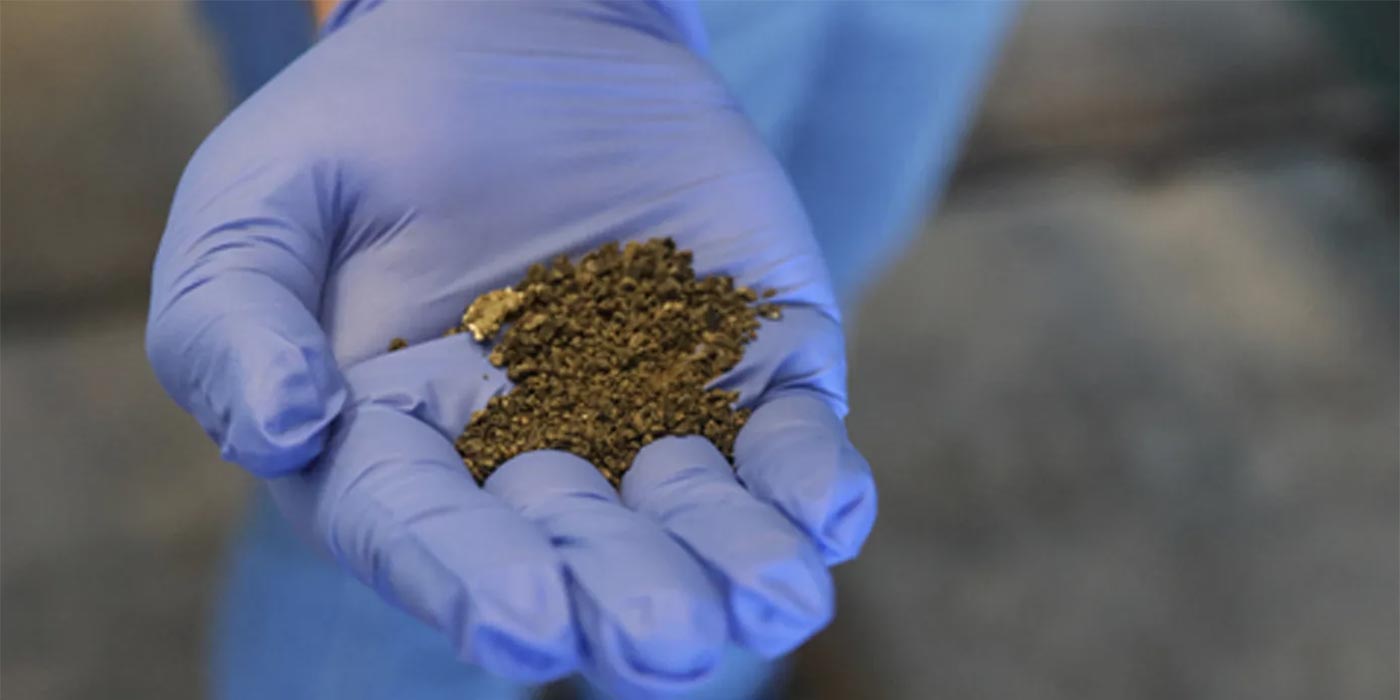There’s a lot more talk these days about multimeters, likely due to the growing need for battery-electric vehicle (BEV) and hybrid-electric vehicle (HEV) service. CAT III is the buzzword, as we’ve all learned that the multimeter we’ve had for years might not be rated to handle the high voltage of an EV. What we don’t often talk about is their accuracy.
In general, when I hear the term multimeter, I think of a digital volt ohm meter, or DVOM for short. As long ago as the ’80s may seem, when I got my start in automotive repair, a DVOM was already becoming a critical piece of equipment for the newly christened career of auto technician.
Previous to the DVOM, a multimeter was an analog piece of electrical testing equipment, so when they were superseded in the field for the modern, more accurate piece of equipment, the DVOM became known for accuracy and precision, and it has been somewhat of an assumption ever since. But how accurate are they and how accurate do they need to be?
Let’s roll back the clock a little more to paint a clear picture of accuracy and its importance of it.
The Past
Fifty years ago, mechanics rarely used more than a test light for the majority of all electrical problems on a car. As ludicrous as that may sound today, automotive electrical systems of the time were extraordinarily simple.
Practically every component operated off 12 volts, and about the only things that didn’t were blower motors and dash lights that incorporated resistors or rheostats in their circuitry. And those were simple. Sure, we needed to know battery and charging system voltage, but almost every shop had a battery load tester with a built-in analog voltmeter. If all else failed, your battery hydrometer told the full story anyhow.
So, how is it we could get away with just a test light? There are two reasons. One is Ohm’s law, the formula used to calculate the relationship in an electrical circuit between voltage, current and resistance. Knowing Ohm’s law is knowing electricity. If you don’t know it, when you’re done with this article, go straight to Ohm’s Law. Don’t pass go. Don’t collect $200.
The electrical relationships taught to us by Ohm’s law are “visible” every time we use a test light. When you use a test light frequently, you get used to the intensity of the bulb, and prior to performing circuit tests, the first thing we do is connect it to the battery terminals. Doing this not only confirms battery voltage by the intensity of the bulb, but it also gives us a quick reminder for comparison.
You can use your test light to check for power, ground, voltage drop, battery drain and more, just by looking at the bulb. It’s all because of Ohm’s law and knowing how the things happening in a circuit affect the intensity of the bulb.
The other reason we got away with just a test light was if you were missing a tenth of a volt here or there, it really didn’t matter. Everything still worked! But that was then. All of a sudden, there were computers. Modern electronics changed everything, and this is now.
We began to utilize our DVOM for accuracy on a different level. We began to deal with low-voltage reference circuits. We needed accurate current and resistance readings, as well as frequency readings. Suddenly, that tenth of a volt was much more important. So, when we think of our multimeter, we immediately think of accuracy. But here we go again with EVs. Is the accuracy we’re used to good enough for them?
This story was originally published in BodyShop Business. To read the full story, click here.

